
300 charming sterlets released in the Mura River
On 11 of November 2025 300 young sterlets were released into the Mura River. Their charming appearance immediately won the hearts of everyone present.

On 11 of November 2025 300 young sterlets were released into the Mura River. Their charming appearance immediately won the hearts of everyone present.
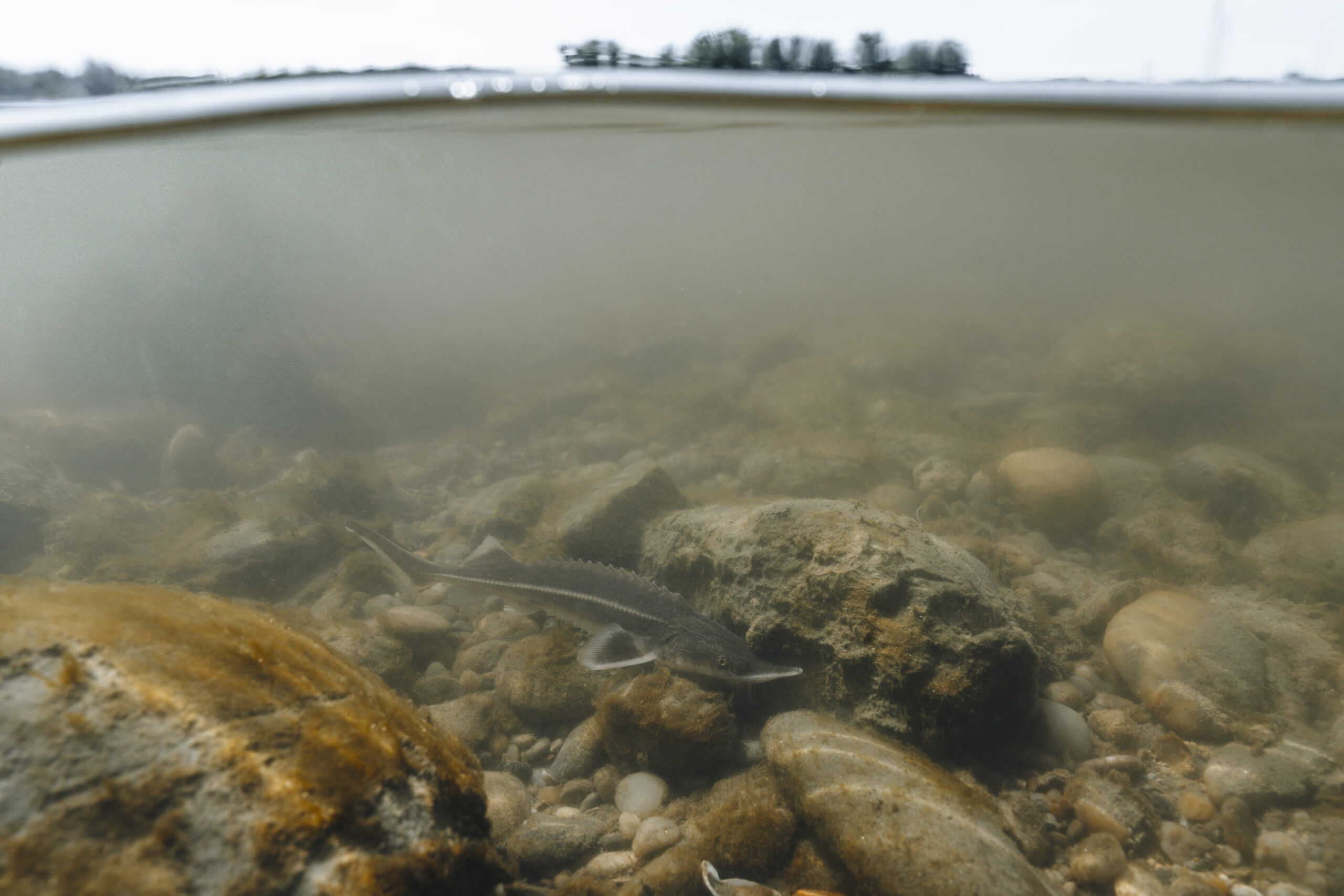
The LIFE-Boat4Sturgeon project has achieved its 2030 stocking target years earlier than planned, marking a major step forward for sterlet recovery in the Upper Danube.
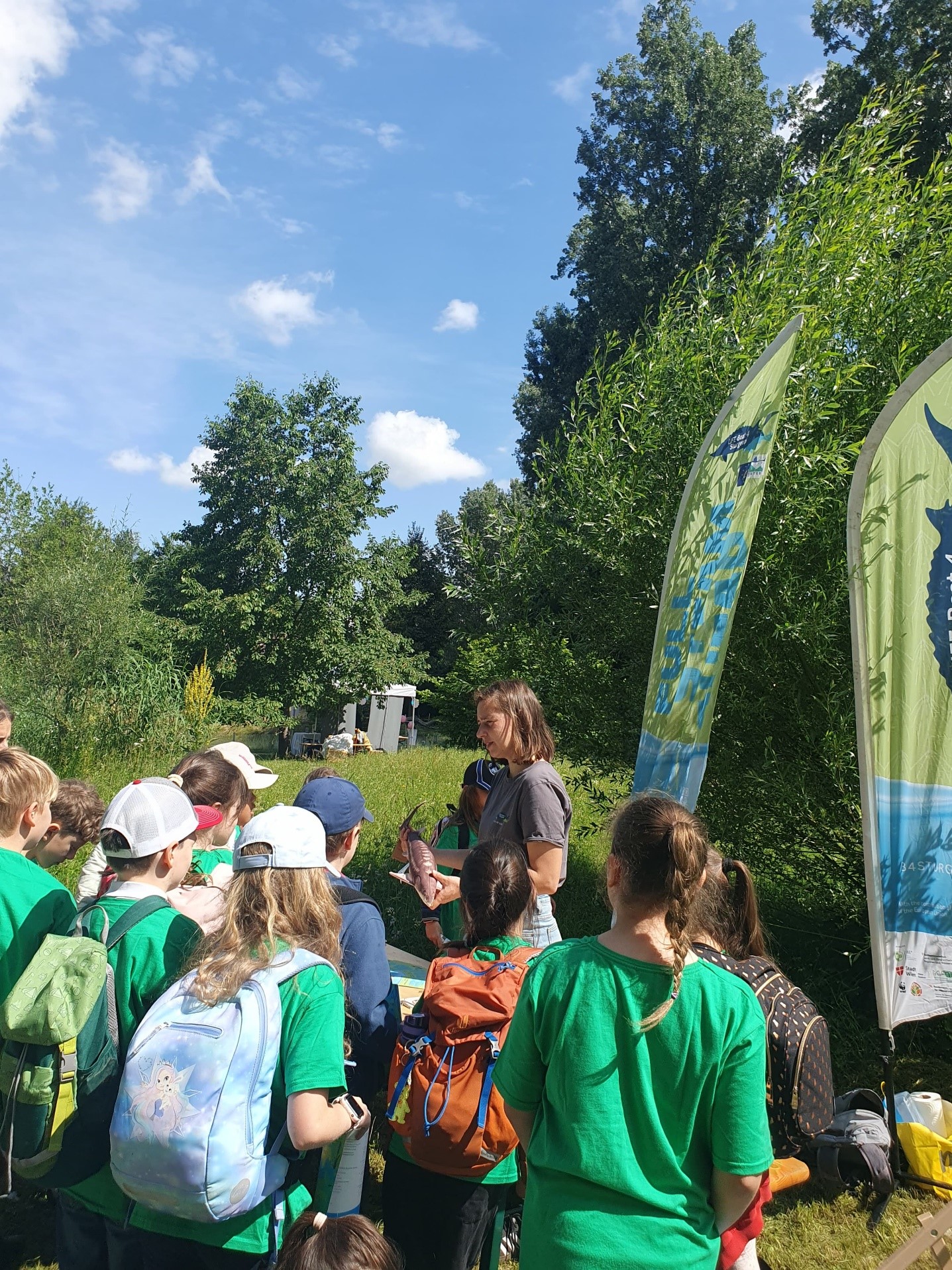
To celebrate Danube Day 2025, the Lifeboat Team welcomed pupils and adults alike into the fascinating world of sturgeons!
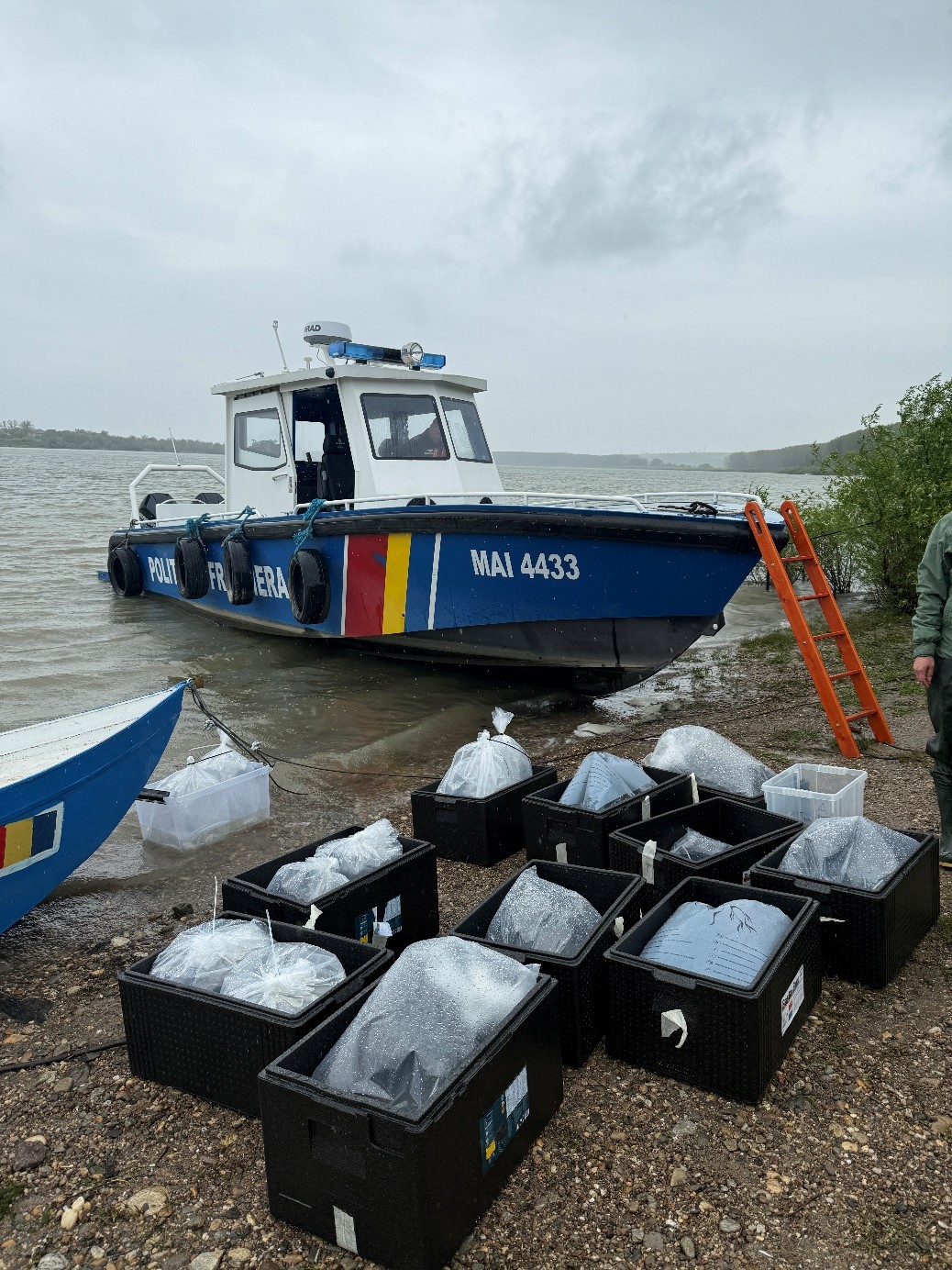
As of Spring 2025, the floating hatchery on the Danube in Vienna is officially in operation and has successfully launched this year’s sturgeon reproduction by rearing Russian sturgeon and sterlet.
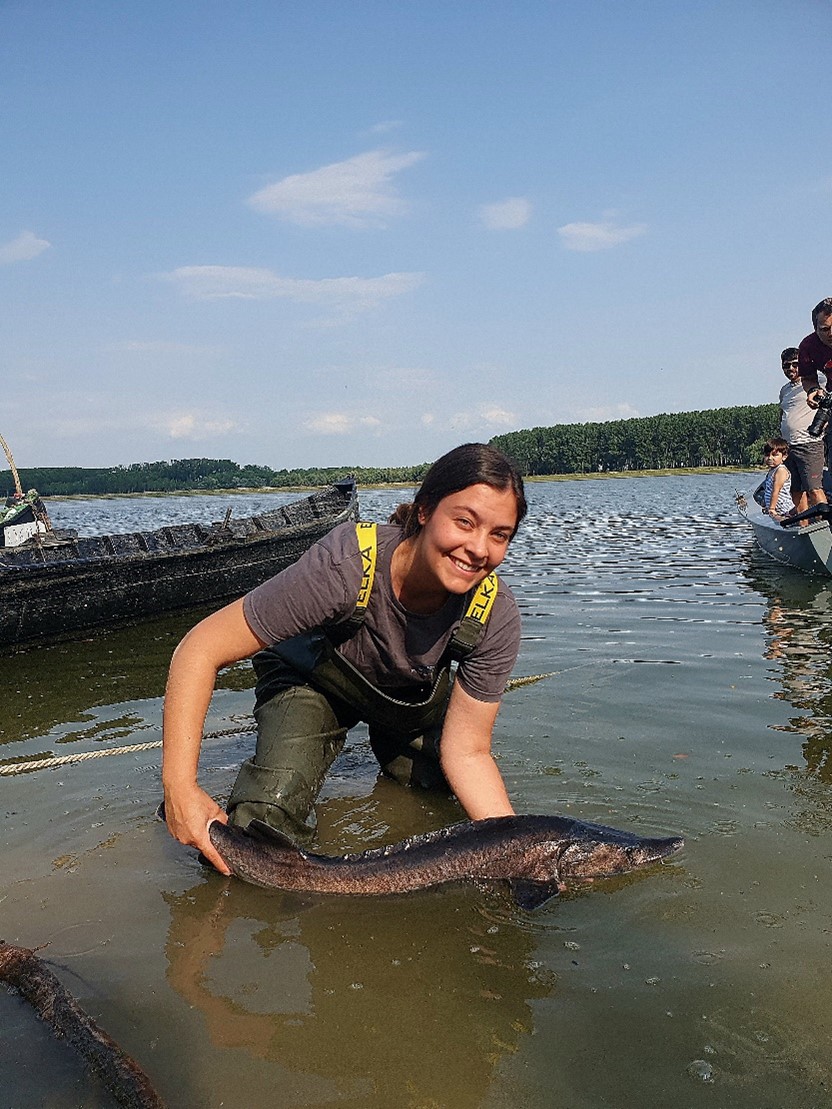
Chiara, a PhD student from the University of Padova, joined the LIFE-Boat4Sturgeon team for a three-month research exchange.
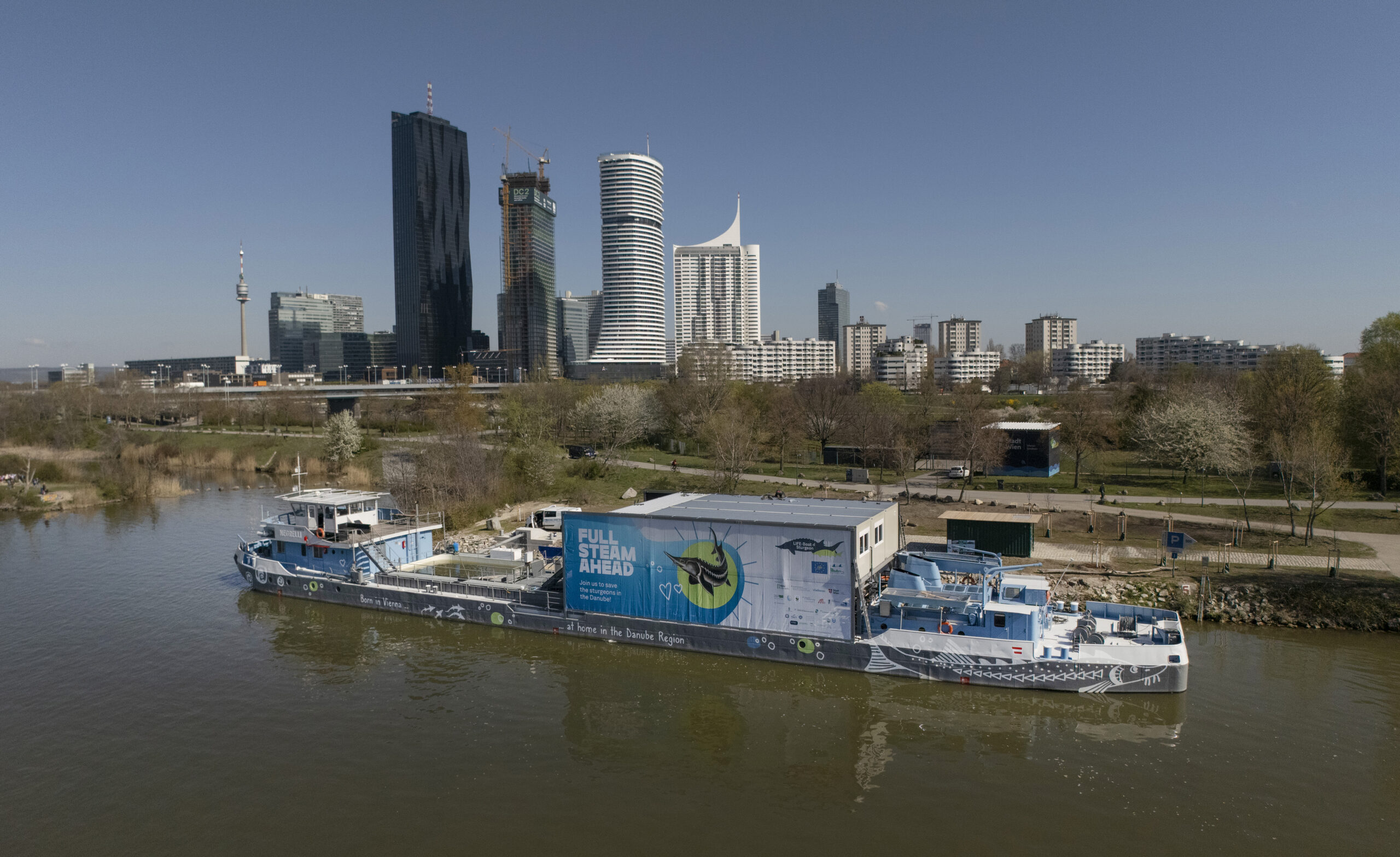
A major milestone for sturgeon conservation: Europe’s first floating hatchery for sturgeons opened on the Danube in Vienna. The old Danube ship MS Negrelli turned yesterday officially into LIFE-Boat4Sturgeon.
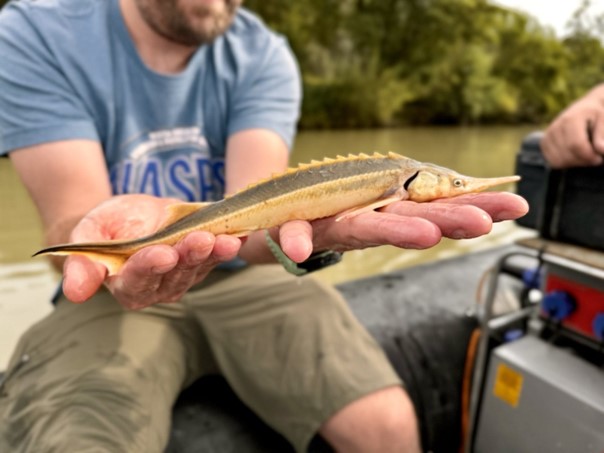
The team achieved a significant success in the fall of 2024: in the course of regular monitoring, which has been carried out since 2018, twelve young sterlets were caught for the first time, which, based on their size, must have clearly hatched in the spring of 2024 and grown up in the wild. The young sterlets could either come from the release of 1.5 cm larvae in spring 2024 or – which would be a sensation – from the first documented natural reproduction in Lower Austria or Vienna in over 40 years.

As a new project partner, the Haus des Meeres has transformed a 13 000 liter aquarium into a Danube basin. Juvenile sturgeons are being raised here to serve as future broodstock, helping to sustain the sturgeon population in the Danube.
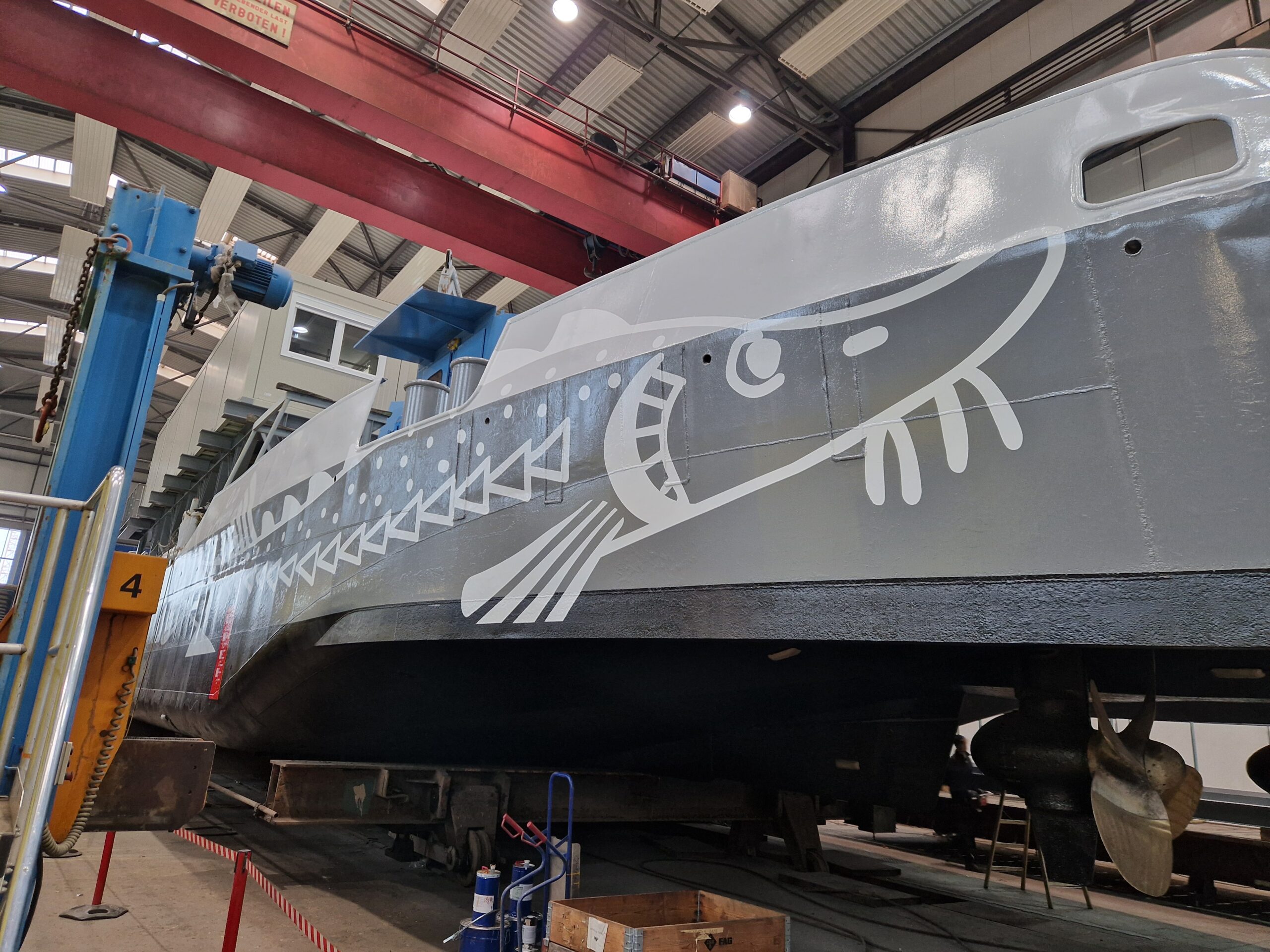
As a new project partner, the Haus des Meeres has transformed a 13 000 liter aquarium into a Danube basin. Juvenile sturgeons are being raised here to serve as future broodstock, helping to sustain the sturgeon population in the Danube.
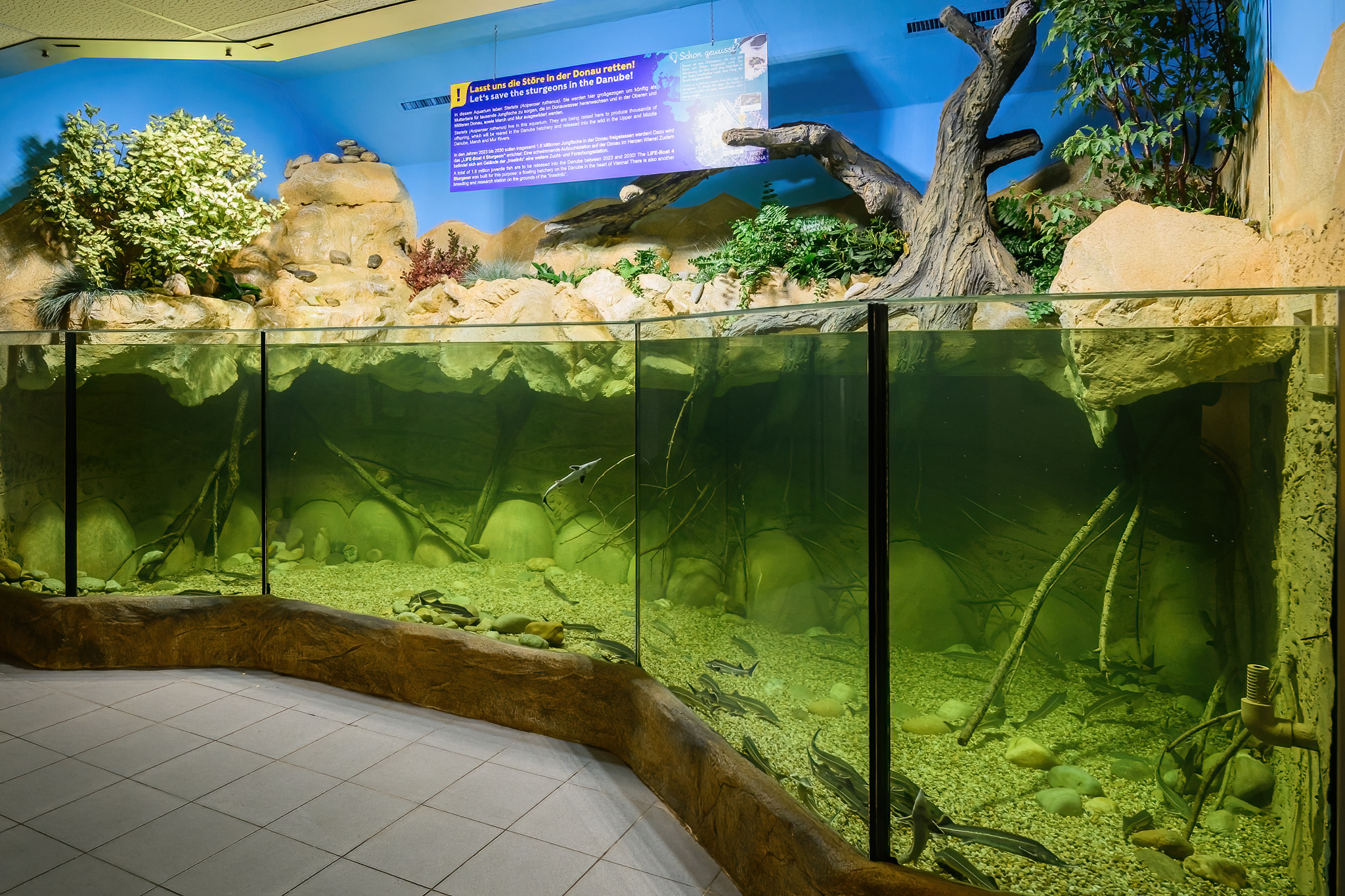
As a new project partner, the Haus des Meeres has transformed a 13 000 liter aquarium into a Danube basin. Juvenile sturgeons are being raised here to serve as future broodstock, helping to sustain the sturgeon population in the Danube.
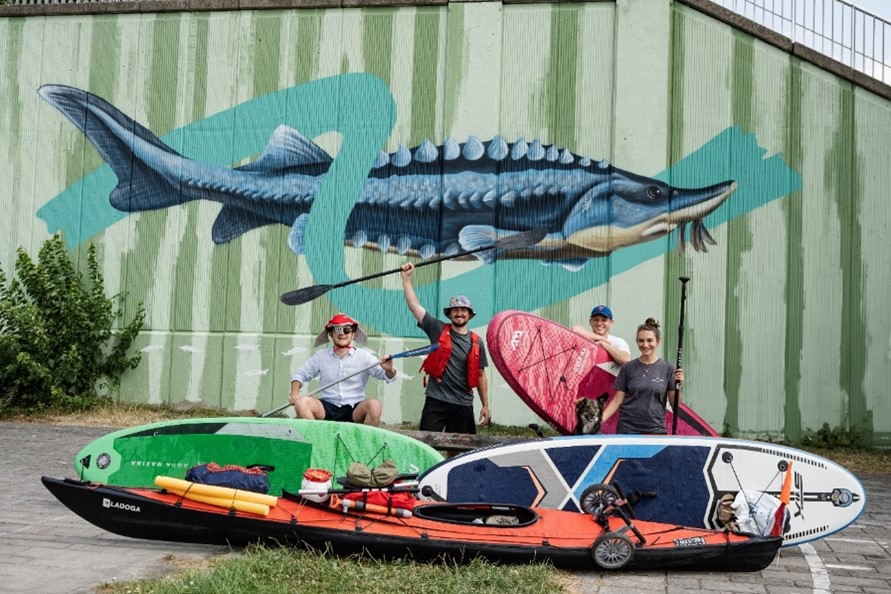
Bob Kreiken, a nature and biology enthusiast from the Netherlands, embarked a two-month expedition of 3.500 kilometers across Europe, along the Rhine by bicycle and Danube by kayak.
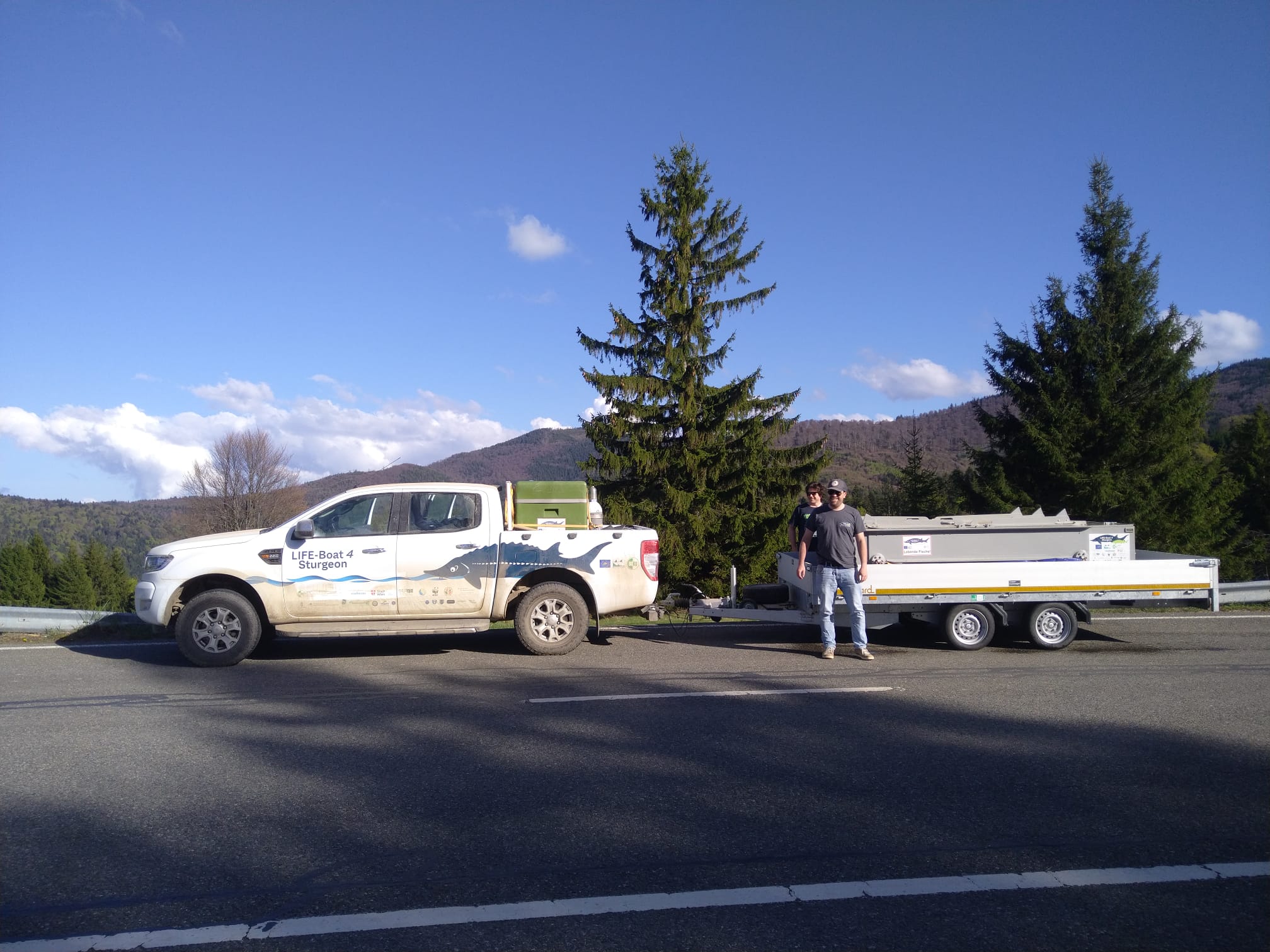
The Danube River Basin was formerly home to six sturgeon species, namely beluga, Russian, stellate, ship, European sturgeon and sterlet. All are highly endangered or, in in the case of ship and European sturgeon, already extinct in the Danube. In the past these ancient fish migrated nearly 2000 km from the Danube Delta to Vienna to spawn, a journey undertaken for millions of years.
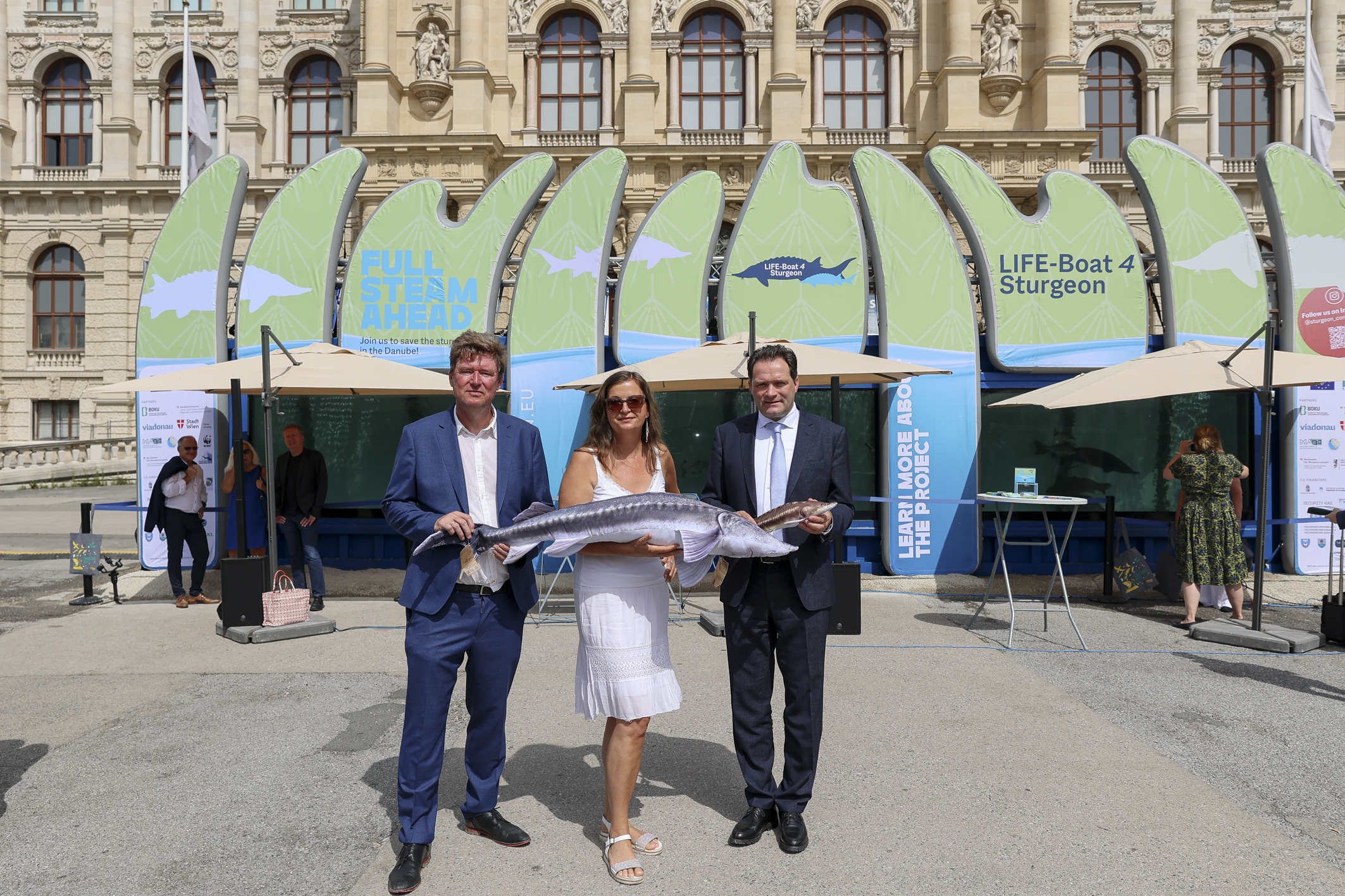
With the largest mobile aquarium in Europe placed in the heart of Vienna from June 21st to 23rd, attention was drawn to the precarious situation of the sturgeons and the importance of preserving and protecting the unique habitat of the Danube.

The sturgeons from the project are stocked in various sizes to maximize survival rates, starting at sizes below 1 cm. The last batch of the 2023 year class was released at the end of February with an average size of 25 cm, equipped with PIT and color tags.

Sturgeons are the world’s most endangered group of animals. Two of the six sturgeon species that previously inhabited the Danube River Basin have already become extinct in the area.

This year a total of 35.380 sterlets were released into the Austrian Danube and tributaries. A couple hundred individuals are still in the hatchery and are kept for further reproduction and the living genetic databank.

In October, a mural action took place on the New Danube in Vienna under the project management of the University of Natural Resources and Life Sciences Vienna. Children from the mentoring organization younus created a mural with the artist RoxS. To create awareness for the precarious situation of the sturgeons, juvenile fish were also released into the Danube.

One important part of the LIFE Boat 4 Sturgeon project is the establishment of a standardized Danube-wide population monitoring for all four sturgeon species. In order to target different age classes, it is necessary to use different methods.

Each year, Danube Day invites around 79 million people in the 14 Danube countries to partake in a beautiful joint celebration and outdoor events throughout several Danube countries! Established in 2004, Danube Day has been an opportunity to commemorate the anniversary of the signing of the Danube River Protection Convention on 29 June 1994 in Sofia, Bulgaria and celebrates the Danube and its tributaries and their vital role in providing water, food, power, recreation, and livelihood.
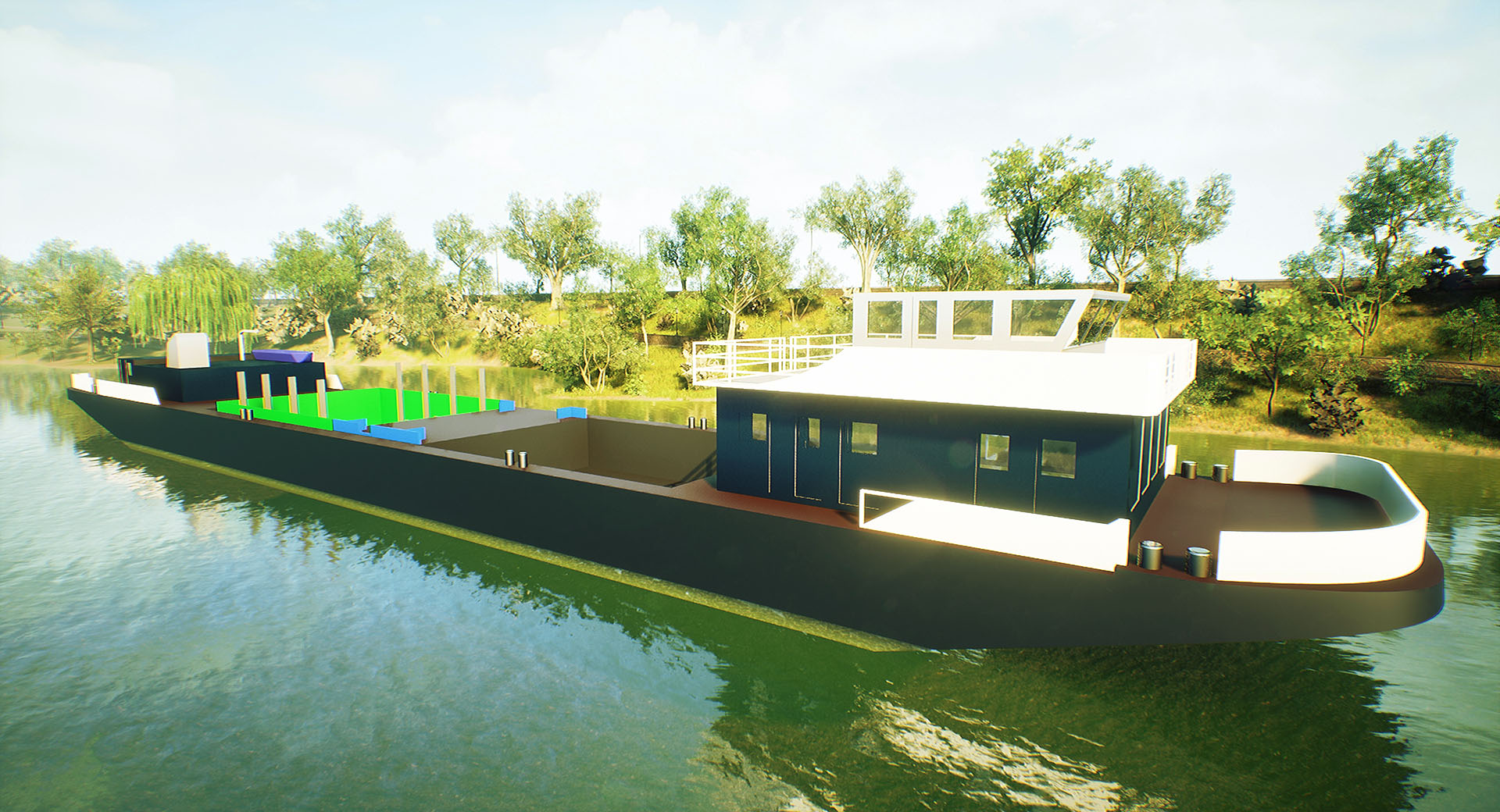
One of the six rescue measures of the LIFE-Boat 4 Sturgeon project is the construction of a floating hatchery station on the Danube in Vienna.

A huge milestone was achieved at the beginning of May for the LIFE-Boat 4 Sturgeon project. After long preparations the team was finally able to obtain 21 mature beluga sturgeon (Huso huso) broodstock of Danube origin. The individuals were transported to a project facility in Hungary and will be tested for pedigree before being divided between locations in Austria and Hungary to minimize risks. Thereby, another step towards the projects conservation goals for sturgeons was made by creating the basis for a successful propagation of this endangered species.
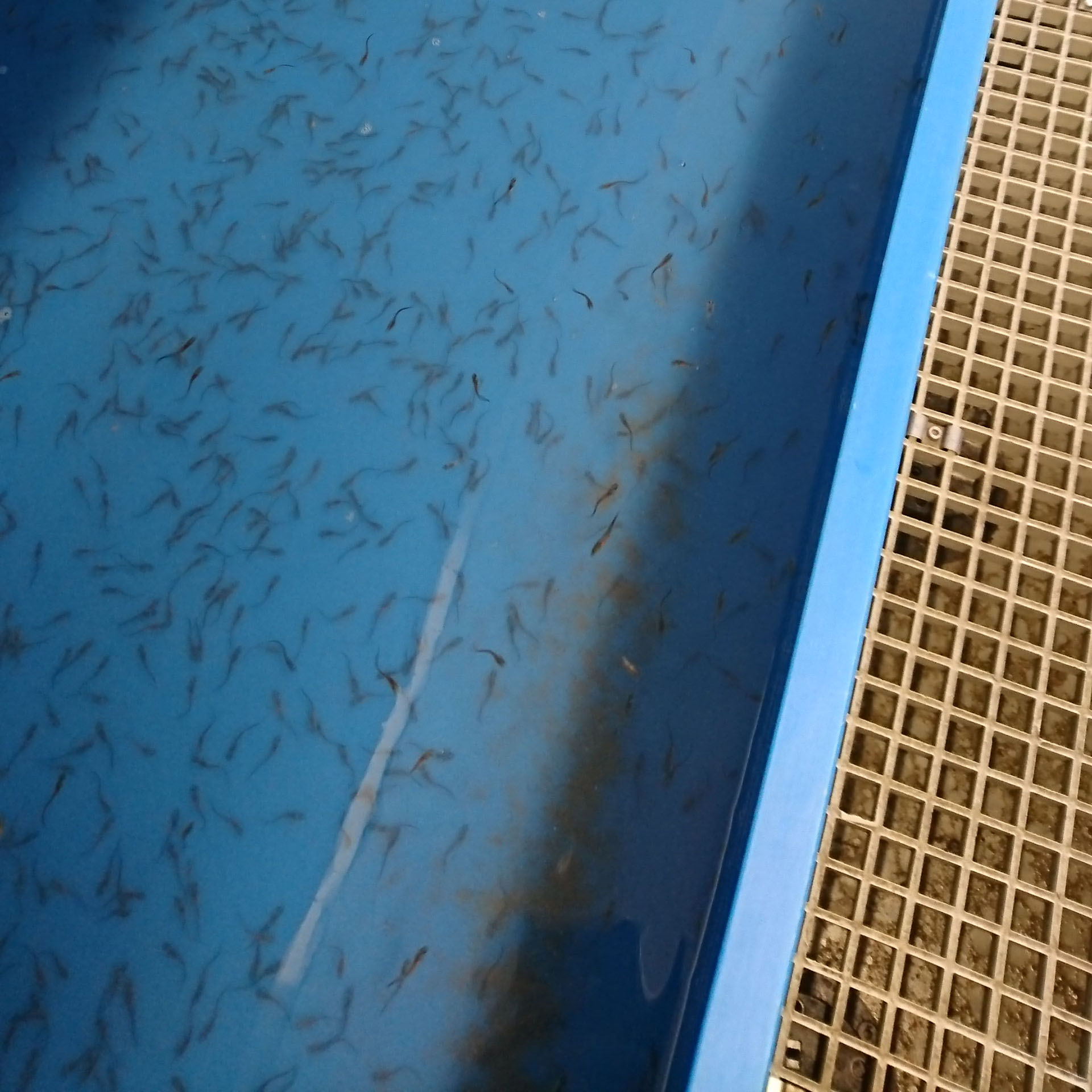
The sterlet hatchery on the Danube Island in Vienna, which was built and operated in the previous project, was put back into operation in mid-April 2023. The larvae were already released in the Austrian Danube. This measure is intended to contribute significantly to the highly endangered population of this last sturgeon species that still occurs naturally in Austria. This allows a self-reproducing population to develop.
You are currently viewing a placeholder content from Vimeo. To access the actual content, click the button below. Please note that doing so will share data with third-party providers.
More InformationYou are currently viewing a placeholder content from YouTube. To access the actual content, click the button below. Please note that doing so will share data with third-party providers.
More InformationYou need to load content from reCAPTCHA to submit the form. Please note that doing so will share data with third-party providers.
More InformationYou are currently viewing a placeholder content from Facebook. To access the actual content, click the button below. Please note that doing so will share data with third-party providers.
More InformationYou are currently viewing a placeholder content from Instagram. To access the actual content, click the button below. Please note that doing so will share data with third-party providers.
More InformationYou are currently viewing a placeholder content from X. To access the actual content, click the button below. Please note that doing so will share data with third-party providers.
More Information